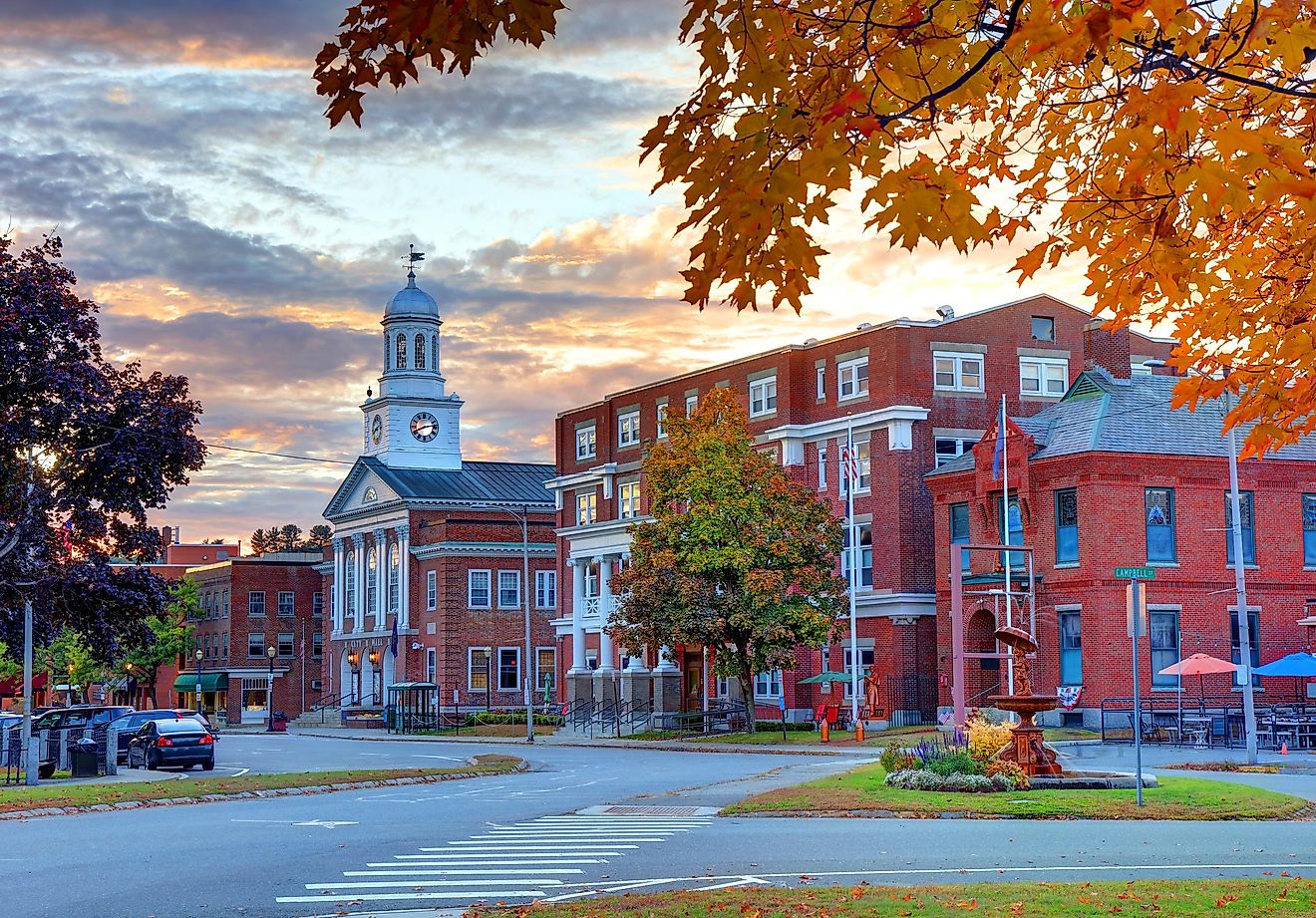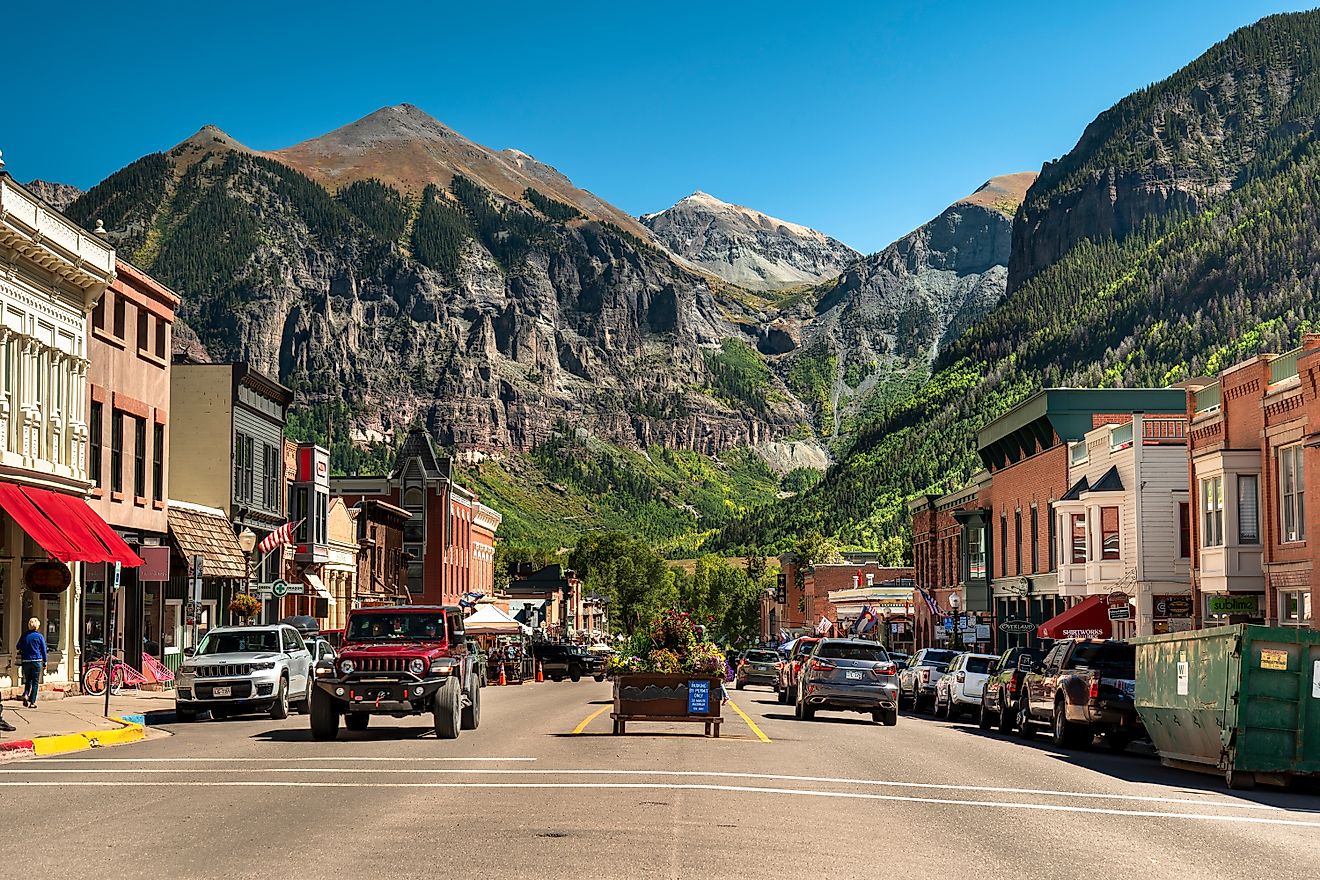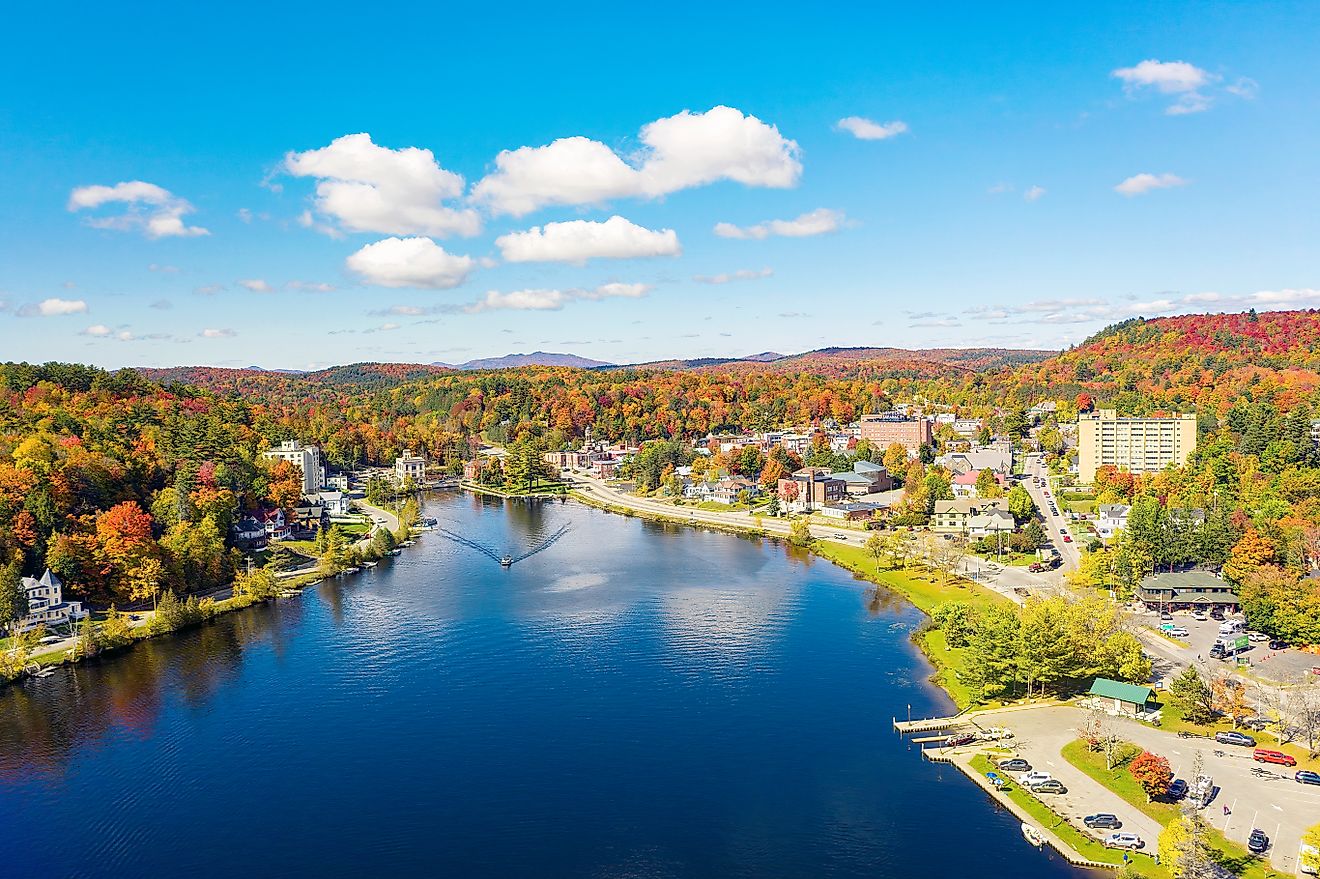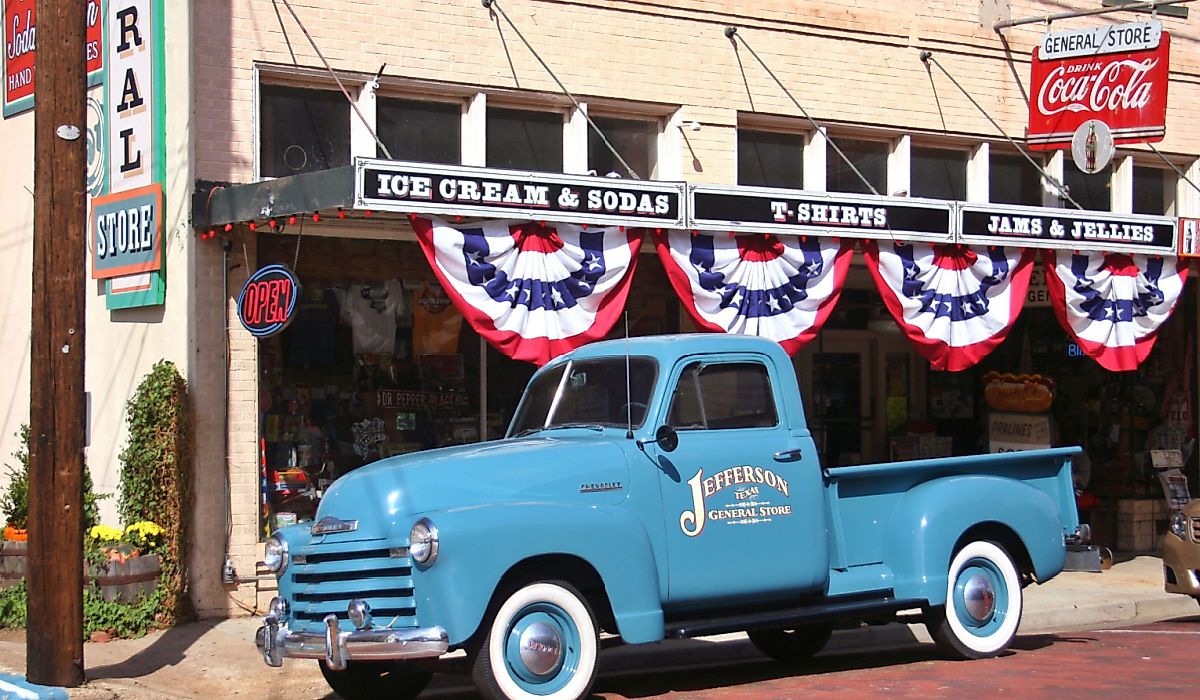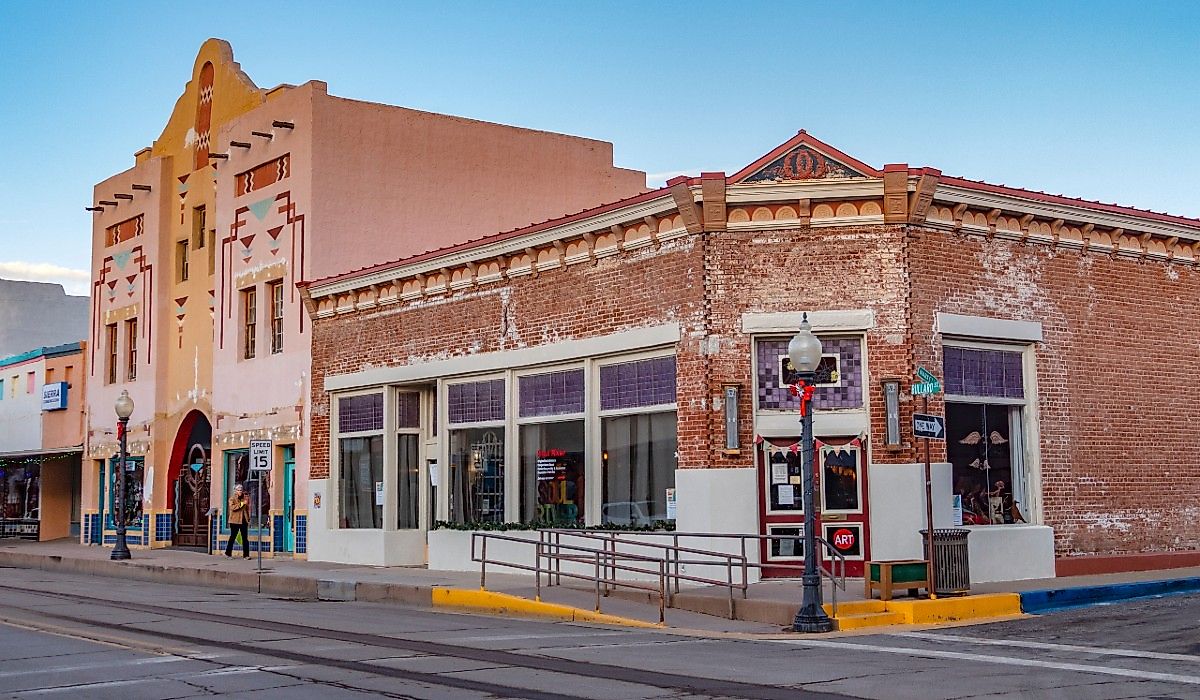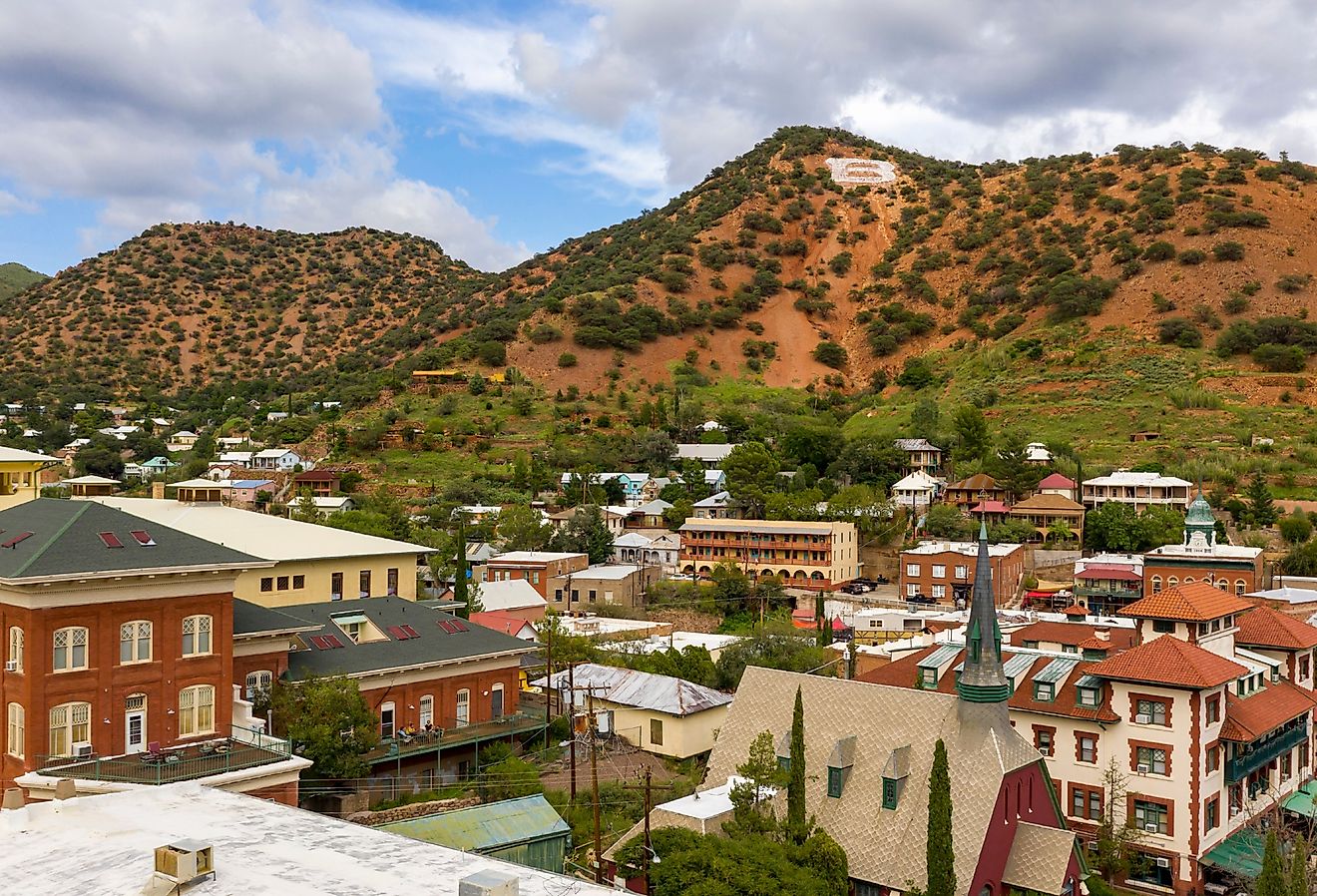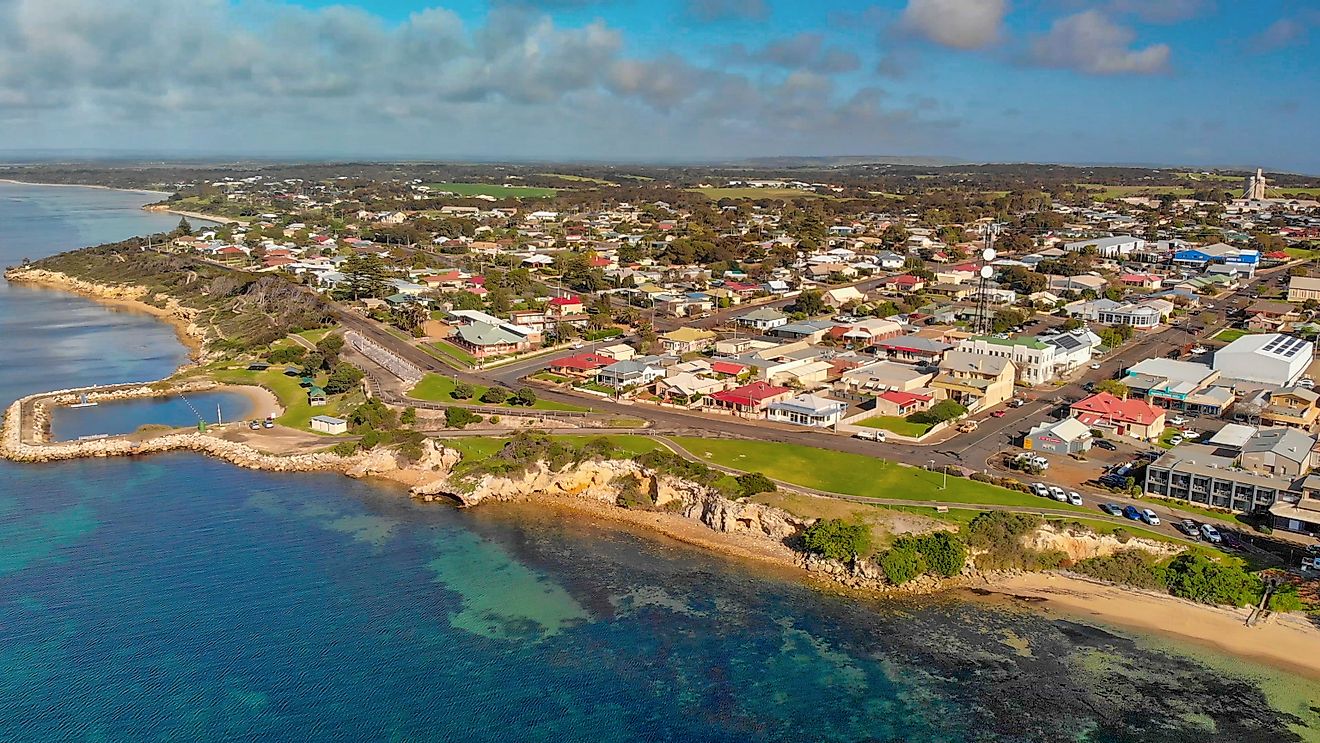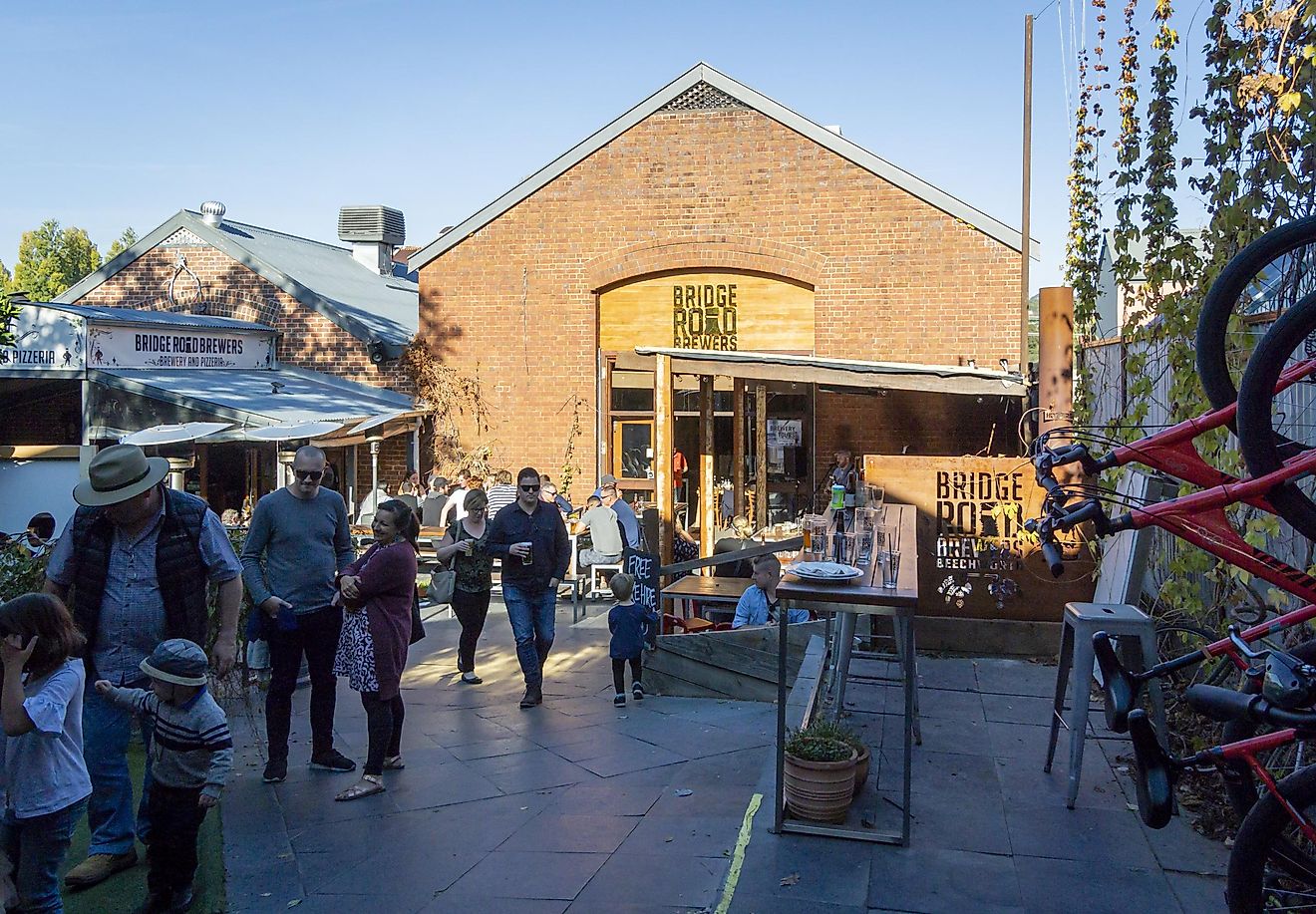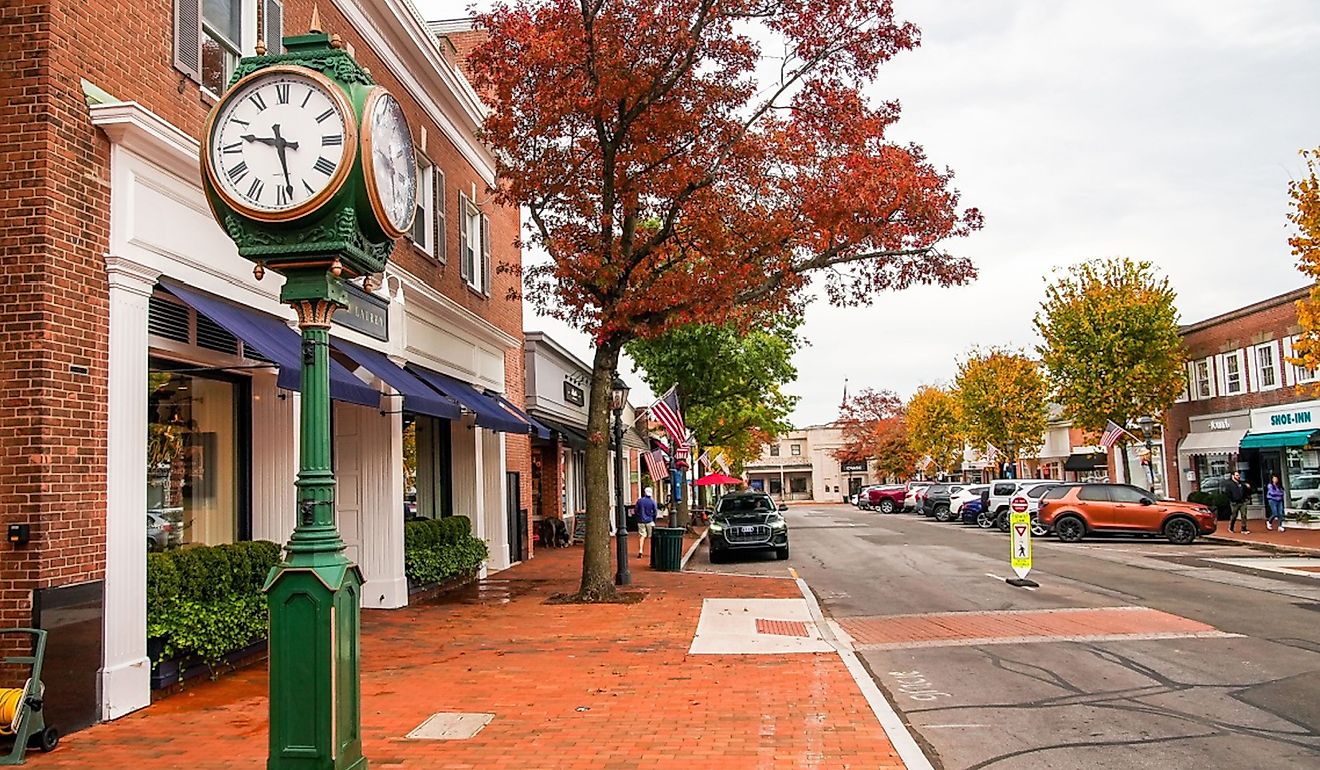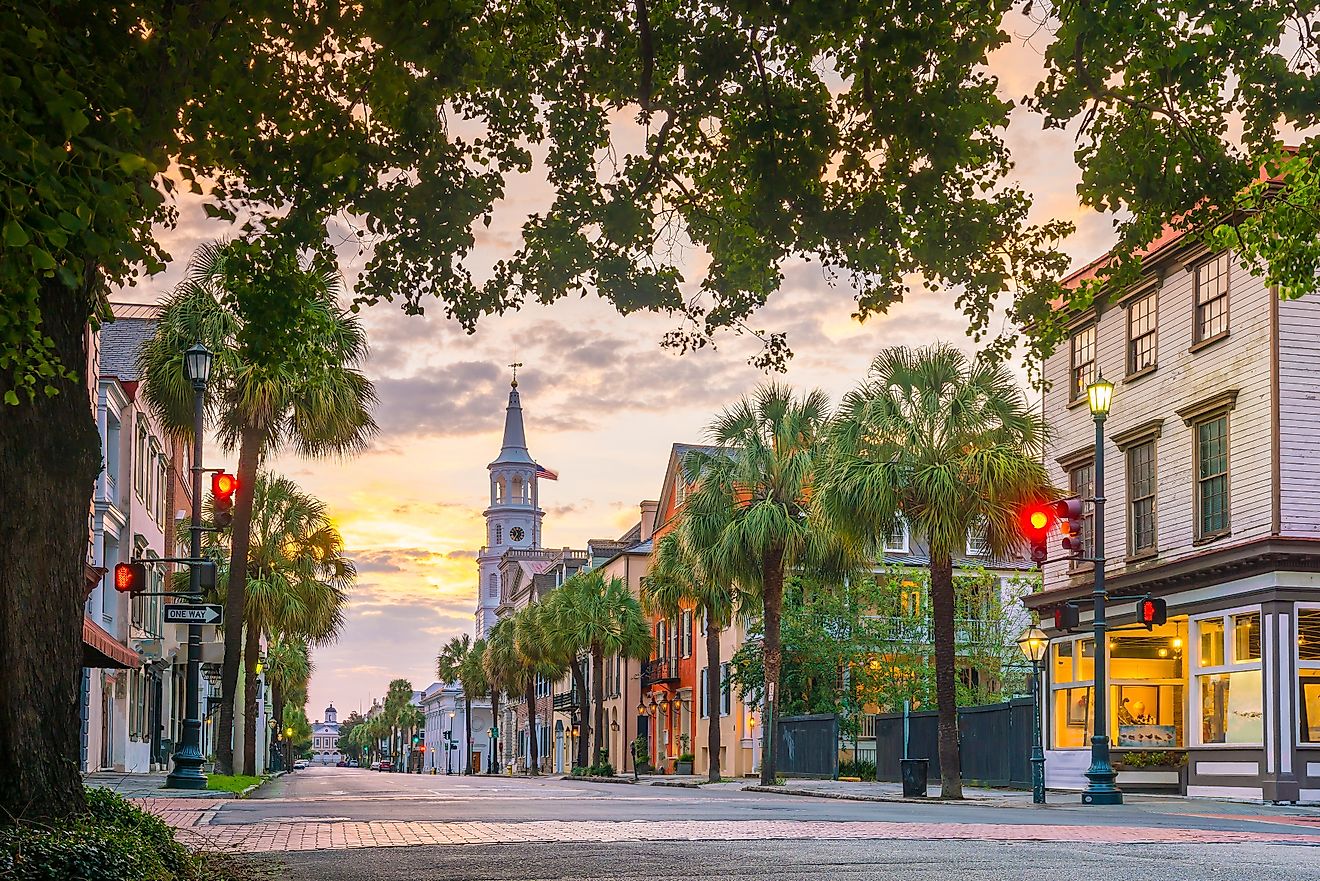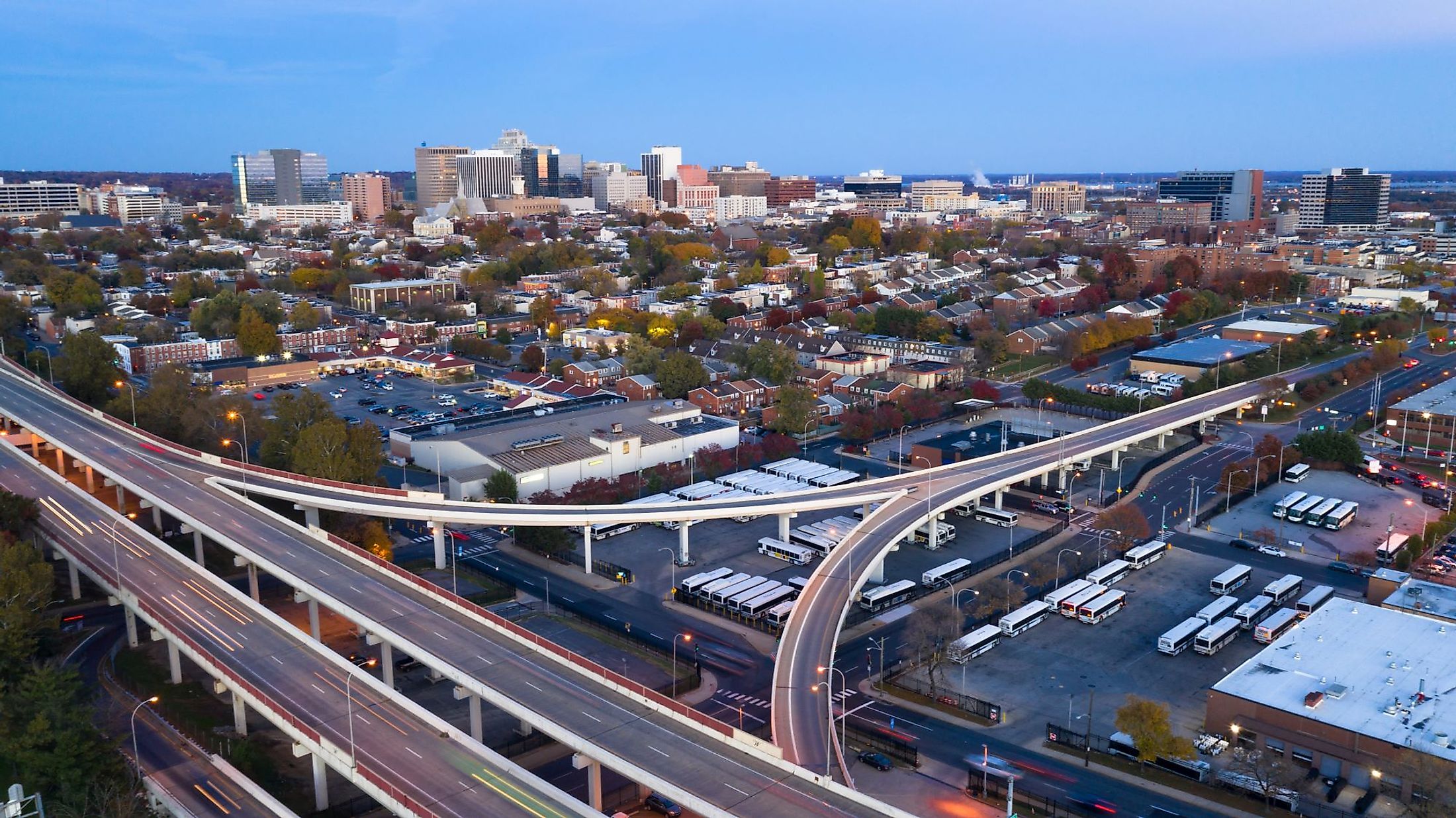
Wilmington, Delaware
Initially, a Swedish settlement founded at the meeting point of Brandywine Creek and Christina River, Wilmington has had many names and passed several hands throughout its history. Present-day Wilmington offers a glimmer of its tumultuous past, with many Georgian, Tudor, and Victorian-inspired historical and government buildings downtown. The waterfront is the main attraction of Wilmington and is of historical importance as a port utilized during war. As of today, it serves as a green space mixed with offices and boats on the Christina and Delaware Rivers.
Geography And Climate Of Wilmington
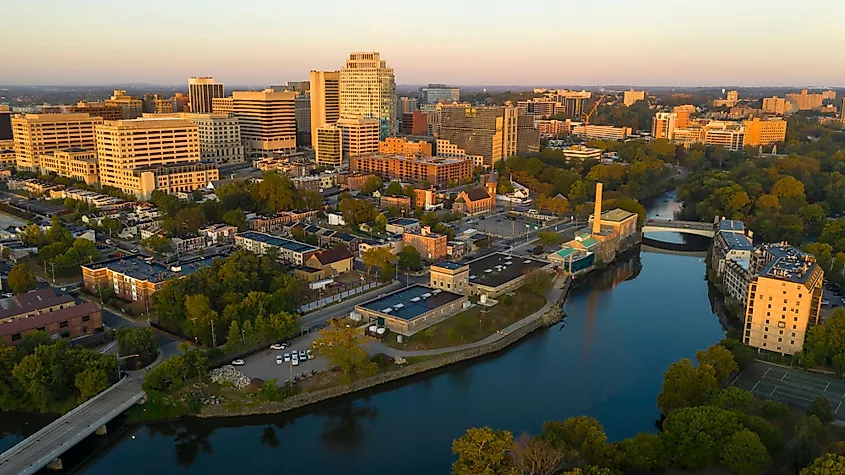
Wilmington is a city situated in New Castle County in the US State of Delaware. The city is located at the meeting point of Christina River and Brandywine Creek. These bodies of water flow into the 484-km long Delaware River, which flows through the states of Delaware, New Jersey, New York, and Pennsylvania. Furthermore, the Delaware River acts as a natural border between Delaware and the state of New Jersey. The city covers a total area of 44.52 sq. km, of which 28.22 sq. km is occupied by land and 16.30 sq. km is covered by water. Wilmington lies in the physiographic area between the Mid-Atlantic Piedmont Plateau and Atlantic Coastal Plain. The Mid-Atlantic Piedmont Plateau is an extension of the Appalachians and consists of the Gettysburg-Newark Lowlands. The Coastal Plain is 3,500 kilometers long and stretches from New York to the Florida Keys. In addition to featuring marshes and swampland, the Coastal Plain contains archipelagos and embayments.
According to the Köppen Climate Classification, Wilmington experiences a humid subtropical climate. The town experiences four seasons in a year, with warm summers and cold and snowy winters. Over a year, Wilmington collects precipitation over 110.4 days from rain and snow. Wilmington receives an average annual precipitation of 1,151mm and an average snowfall of 20.2 inches. The year's coldest month is January, with an average low of -3.7 °C, while the warmest month is July, with an average high of 30 °C.
History Of Wilmington
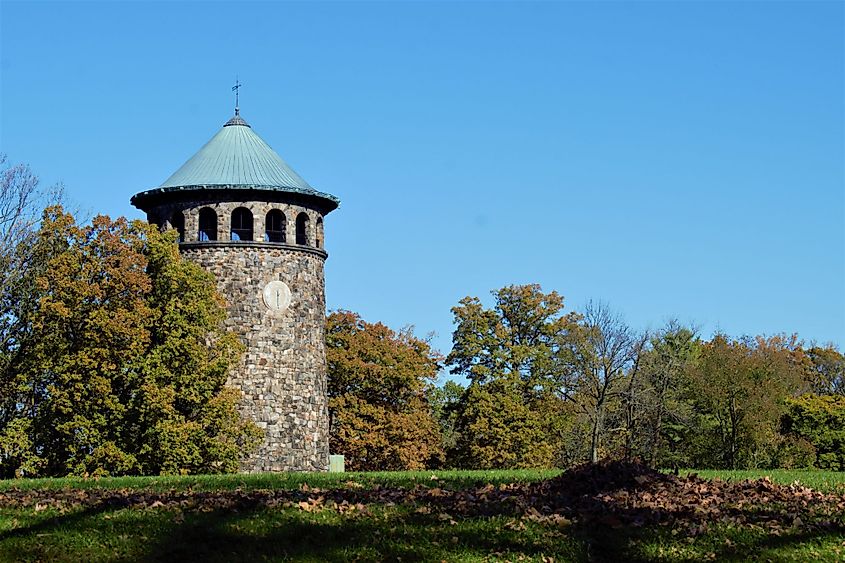
Would-be Wilmington was originally the first Swedish settlement of Kristinehamn but was more commonly known as Fort Christina. Further, Fort Christina served as the headquarters of the colony of New Sweden, which had pockets in Delaware, New Jersey, and Pennsylvania. The Swedish rule in the states ended with the expansion of New Castle when British colonization infiltrated the United States in 1655. The 18th century saw King George II grant a borough charter that changed the name from then named Willington (name after the first developer) to Wilmington after British Prime Minister Spencer Compton, Earl of Wilmington. The British evasion only lasted until 1781, when the British troops evacuated Wilmington during the American Revolutionary War. However, the 19th century saw French settlers emigrate to the United States. One settler was of particular importance by the name of Eleuthera Irenee du Pont. Du Pont was familiar with gunpowder compounds and created the Du Pont Company in Brandywine Village. This would be influential to the US Military during the American Civil War. By 1868, Wilmington was the top national producer of iron ships and the second-largest gunpowder producer. Other items such as leather, shoes, and railroad cars were also in demand, solidifying Wilmington's economy and port for centuries to come.
The Population And Economy Of Wilmington
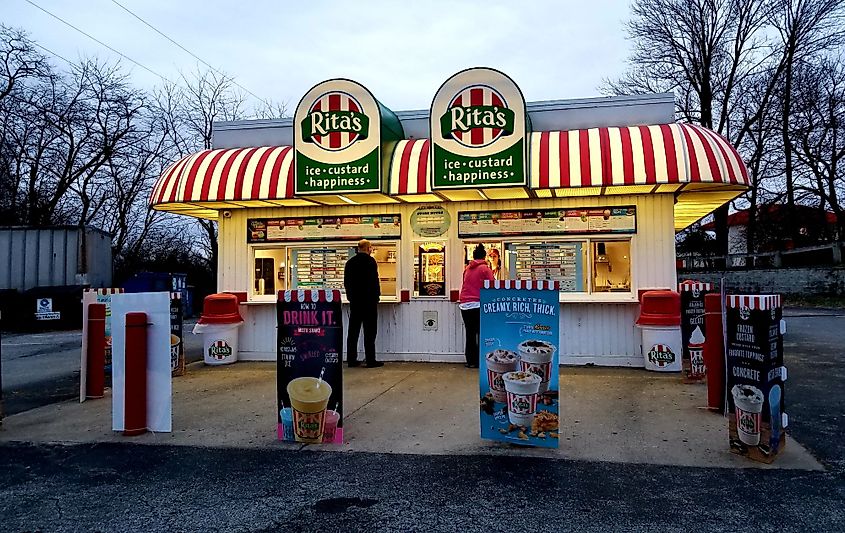
Wilmington has a population of 69,293 inhabitants and a population density of 2,512.48 people per sq. km. The median household income is $69,470, and the gross monthly rent is $1,001. The average age of a Wilmington resident is 35.6 years old. On the cost of living index, Wilmington rates 89.9, whereas the state of Delaware is 102.7. Yet, 26.04% of the population lives below the poverty line.
The unemployment rate in Wilmington is 10.3%, whereas the US unemployment rate is 6.0%. The top industries that make up the economy are healthcare and social assistance at 17.8%, retail trade at 12.5%, and finances and insurance at 10.1%. Since 1981, Wilmington has become a national financial and corporate center of America. Credit cards and corporations have made their bases in this satellite city. Big names, such as Barclays Bank of Delaware, Wilmington Trust located at Rodney Square, and Capital One 360 has a large office along the waterfront. On the other hand, Wilmington has a thriving retail economy, and a lot of this pertains to the fact that Delaware does not have a sales tax. Nevertheless, this encourages spending from locals and visitors alike.
Attractions In Wilmington
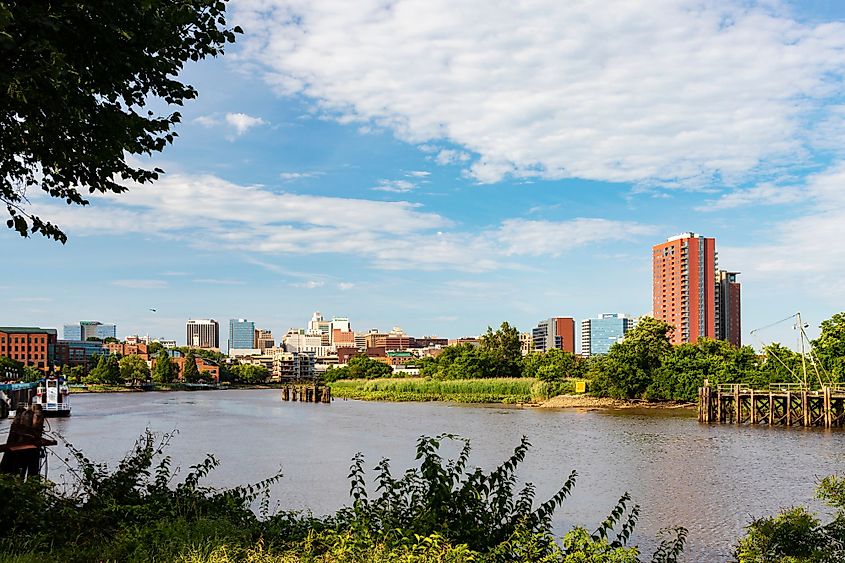
Hendrickson House Museum
Hendrickson House Museum is one of the oldest standing houses in Delaware’s History. It serves as a time capsule of the colony of New Sweden and its first settlers. The building is listed as a National Historic Landmark along with the Holy Trinity Church and its graves stones; as a whole, they form the First State National Historical Park. The building is an example of the oldest surviving American Swedish home that was occupied over three generations. A fire in the 1900s destroyed much of the wooden infrastructure, and thus the building got moved to Wilmington to prevent it from being torn down, where it was restored.
Hagley Museum And Library
The Hagley Museum and Library is 95 hectares of historically significant land that was where Eluethere Irenee du Pont settled his family. The complex contains a gunpowder yard, a 19th-century machine shop, a restored mill, and a renaissance revival garden with balconies. The Eleutherian Mills Historical Library houses a collection of manuscripts, archives, photographs, and books on American technology. Additionally, the grounds hold several national and state-ranked trees for their age. In 2020, an Osage tree fell in a storm that was thought to be 300 years old. Furthermore, the seeds were speculated to be brought during the Lewis and Clark Expedition. The Hagley Museum and Library is open to visitors seven days a week and offers a tour of the property every half hour, with tickets available for purchase in advance.
From its early days as the headquarters of the New Sweden Colony to the British takeover and settling into the hand of the United States after the Revolutionary War, Wilmington is a must-see destination for history buffs. These historical skirmishes also influenced the economy, making it a driver in Delaware's early history. As of today, Wilmington has transformed itself into a financial and corporate destination, attracting companies from all over the United States. As such, Wilmington is a peaceful and charming river community offering green spaces, museums, and retail therapy to all.
